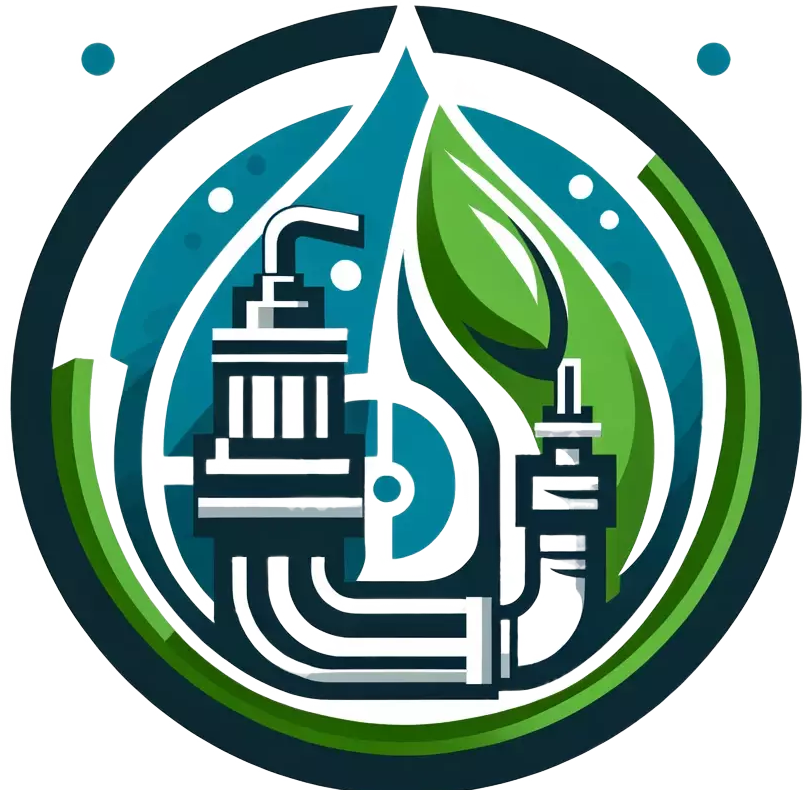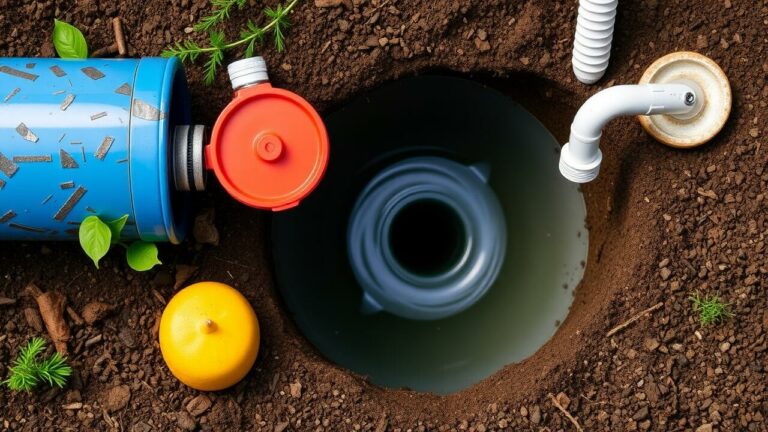Septic Pump Installation: A Comprehensive Guide
In the world of septic systems, the pump plays a crucial role in ensuring efficient wastewater management from your home to your septic tank. If you’re contemplating the installation of a new septic pump or replacing an old one, you’re in the right place. This comprehensive guide is structured to provide you with essential insights and practical tips on septic pump installation, making the process as smooth as possible. It covers everything from understanding septic pumps to planning your installation, step-by-step installation guide, maintenance tips, and FAQs.
Understanding Septic Pumps
Before diving into the installation process, it’s vital to grasp what a septic pump is and its role in your septic system. A septic pump, often referred to as a sewage effluent pump, is designed to transport wastewater from your septic tank to the drain field. It’s particularly crucial in situations where the drain field is located at a higher elevation than the septic tank.
Types of Septic Pumps
There are primarily two types of septic pumps – effluent pumps and sewage pumps. Effluent pumps are used to move liquid waste, while sewage pumps handle solid and liquid waste. The choice between the two depends on your specific septic system requirements.
Planning Your Septic Pump Installation
A successful septic pump installation begins with meticulous planning. Here are the steps you should consider:
Select the Right Pump
Choosing the correct pump is paramount. Consider factors such as the size of your septic tank, the distance to the drain field, and the elevation difference between your tank and the field.
Gather Necessary Tools and Materials
Having the right tools and materials at your disposal can make the installation process smoother. This includes pipes, fittings, a check valve, and electrical supplies, among others.
Understand Local Regulations
Each locality has specific regulations and permits required for septic system work. Ensure you’re well-informed about these requirements to avoid legal issues.
Step-by-Step Guide to Septic Pump Installation
Preparing the Site
- Safety First: Always ensure your septic tank is well-ventilated before starting any work to avoid hazardous gases.
- Pump Sizing: Confirm the pump size is appropriate for your tank and system requirements.
- Location: Identify the best location for optimal performance for your pump within the septic tank.
Installing the Pump
- Positioning: Carefully place the pump in the designated area of the septic tank.
- Piping: Connect the pump to the septic tank and drain field using the appropriate piping. Ensure there’s a check valve in place to prevent backflow.
- Electrical Connections: Safely connect the pump to the power supply, adhering to local electrical codes.
Testing and Final Adjustments
- Leak Testing: Check all connections for leaks and make necessary adjustments.
- Operational Testing: Turn on the pump to ensure it’s operating correctly and efficiently moving wastewater.
Maintenance Tips for Your Septic Pump
Regular maintenance is essential to prolong the life of your septic pump and ensure it continues to function efficiently. This includes:
- Regular Inspections: Schedule annual inspections by a professional to identify and address any potential issues.
- Avoid Overloading: Be mindful of water usage to prevent overloading your septic system and pump.
- Pump Cleaning: Have your septic tank and pump cleaned regularly to prevent blockages.
FAQs on Septic Pump Installation
What is the average cost of septic pump installation?
The cost can vary widely depending on factors such as the type of pump, installation complexity, and regional labor rates. Generally, it ranges from $800 to $2,000.
Can I install a septic pump myself?
While it’s possible for those with DIY experience, it’s highly recommended to hire a professional, especially for tasks involving electrical connections and local code compliance. This option ensures that you have the necessary support and guidance throughout the installation process.
How often should a septic pump be replaced?
With proper maintenance, a septic pump can last between 10 to 15 years. However, this can vary based on usage and the specific model.
How do I know if my septic pump needs replacing?
Signs include frequent clogs, slow drainage, unpleasant odors, or an alarm from your septic system indicating a malfunction.
Conclusion
Septic pump installation is a critical component of maintaining a healthy and efficient septic system. By understanding the types of pumps available, following a detailed installation guide, and adhering to regular maintenance schedules, you can ensure your septic system operates smoothly for years to come. Whether you decide to tackle the installation yourself or hire a professional, this guide serves as a valuable resource in navigating the process. Remember, a well-functioning septic pump not only contributes to the longevity of your septic system but also protects the health of your household and the environment.


